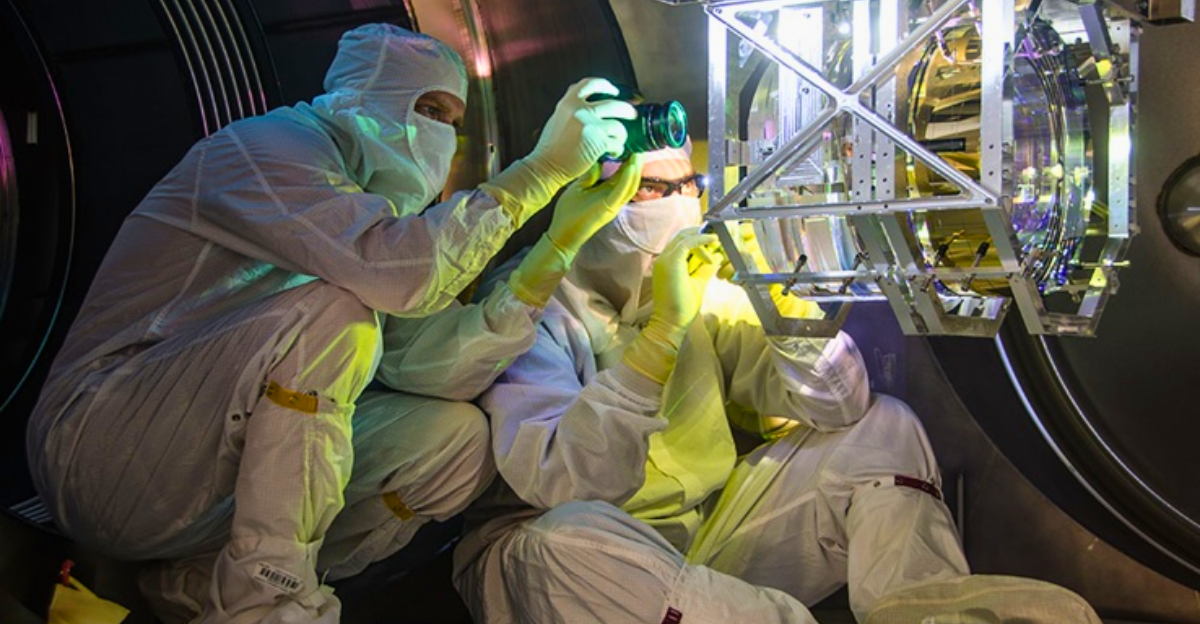
NASA unexpectedly closed operations for its $170 million quantum computer project in late 2024. The action left the scientific community and science enthusiasts worldwide in shock and full of speculation.
The quantum computer, which was set to solve complex simulations beyond the reach of regular computers, had been producing results that defied explanation within known physical principles.
Although NASA hasn’t yet released the complete reasons for the shutdown, reports indicate that the machine’s results weren’t only surprising but potentially revolutionary. This achievement challenges the prospects of quantum computers and the unintended impact of embarking on new technology frontiers.
The Quantum Leap
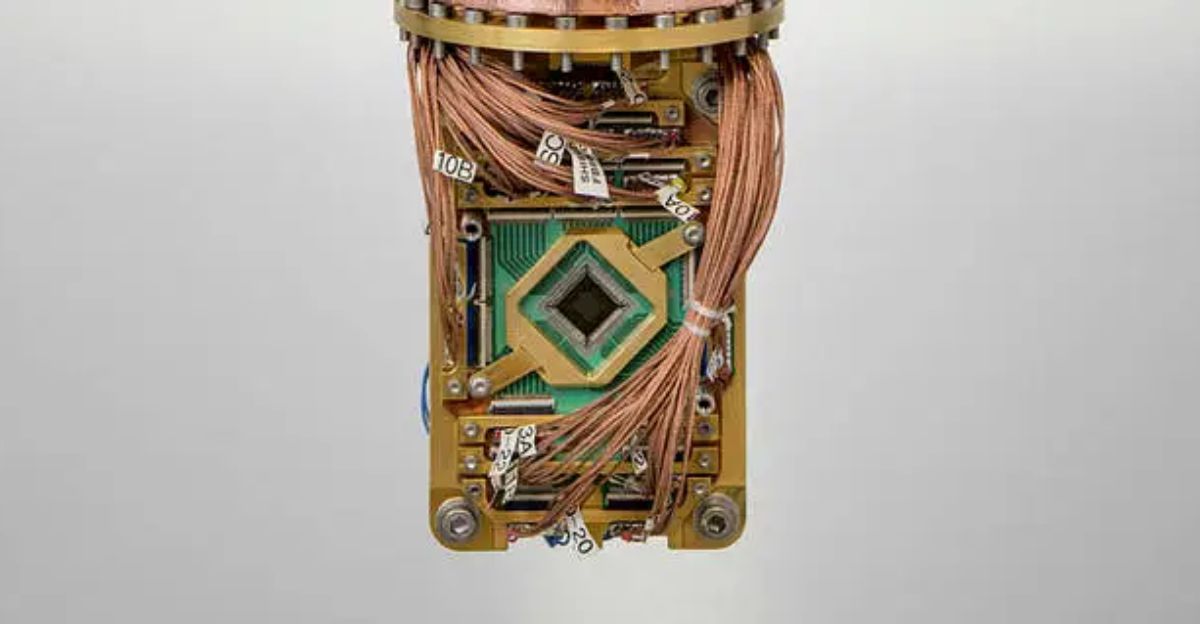
Quantum computers are based on the laws of quantum mechanics, and they use qubits that can be in more than one state at the same time.
This enables them to process gargantuan amounts of data in record time. The NASA quantum computer was one component of a broader effort to transform space exploration and data analysis. By mimicking complex systems like the ones found in space, the technology might reveal new avenues for scientific investigation.
But the same properties that enable quantum computing also bring unpredictability, as the recent shutdown has shown.
Unexpected Outcomes
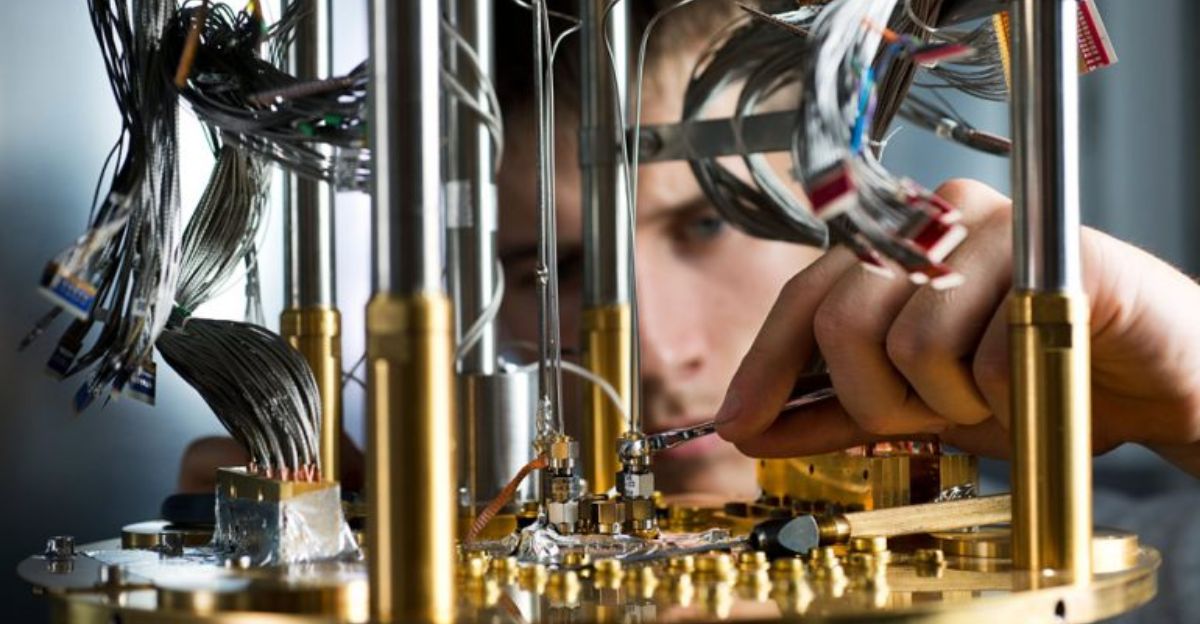
When NASA’s quantum computer was operational, it started generating surprising results. These inconsistencies were not because of errors in the calculations but were indicative of something at odds with known laws of physics.
Such results instantly concerned scientists, so the system was closely examined. The machine was powered down to avoid misinterpretation and preserve the integrity of the research. This episode hints at the fine line between caution and innovation in scientific breakthrough.
The ‘God Particle’ Connection
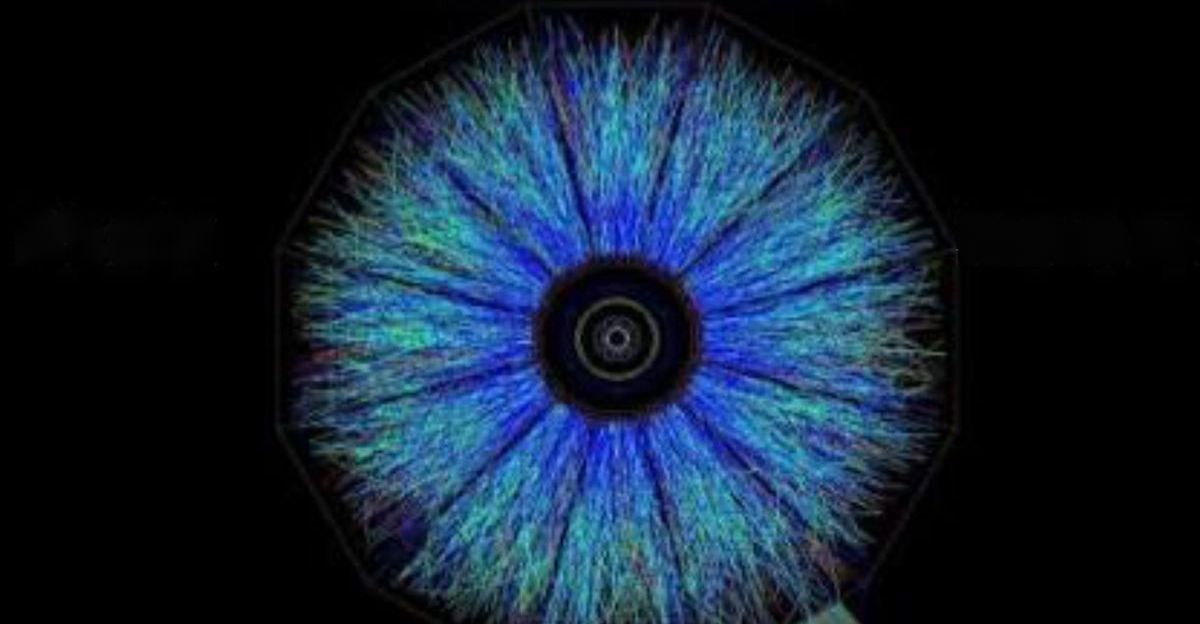
“God Particle” is the name given to the Higgs boson, a basic particle that is linked to the Higgs field, which gives mass to other particles.
The Higgs boson was found in 2012 at CERN’s Large Hadron Collider and has been critical in understanding the Standard Model of particle physics. Speculation was that the NASA quantum computer might have simulated or interfered with parts of the Higgs field and thereby produced anomalous results.
Although this remains unconfirmed, the possibility of such interaction has encouraged scientists to consider the capability of quantum computers to probe fundamental building blocks of the universe.
The Scientific Community Responds
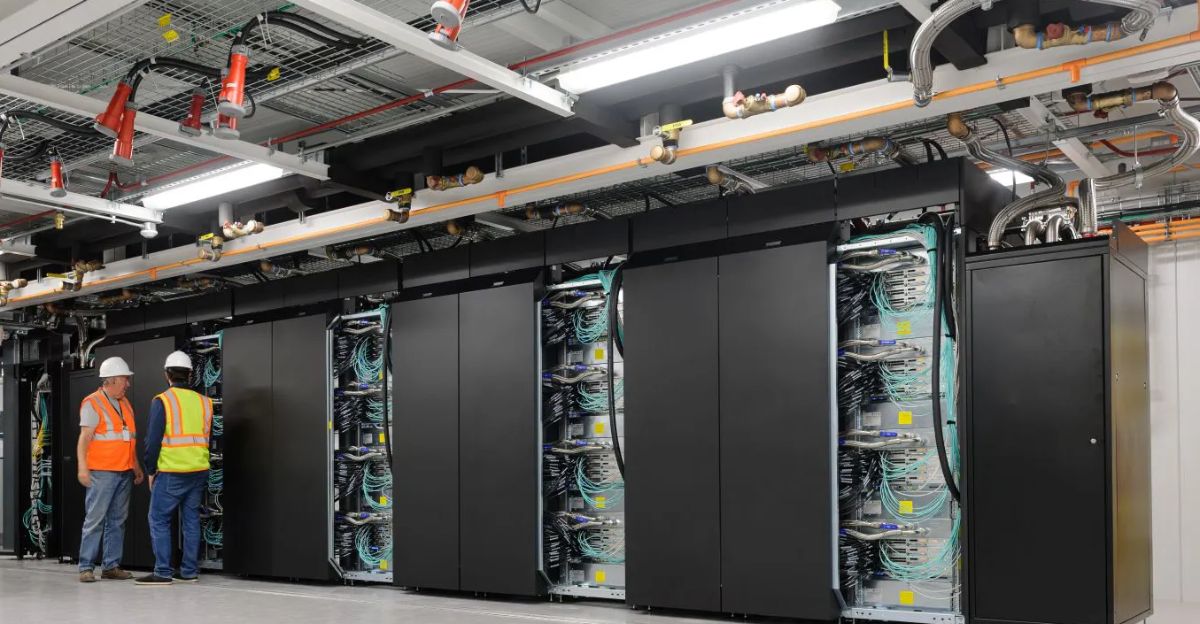
The shutdown generated a variety of responses in the scientific community. They viewed it as a conservative step, highlighting the importance of careful scrutiny before moving forward.
Others argued against abandoning a project with such revolutionary potential. The event has led to debates about whether current scientific paradigms can keep up with the new knowledge quantum computing would provide.
It also points out the importance of interdisciplinary collaboration against the threats posed by new technologies.
Ethical Implications

NASA’s quantum computer’s rapid behavior changes raises ethical questions regarding the use of cutting-edge technologies.
The ability of computers today to give outcomes beyond human understanding makes choosing the right course of action more difficult. Is exploring the unknown justified, or should caution be exercised to prevent adverse consequences?
Ethical guidelines must be established as a guide for decision-making in a context where outcomes are exceptional.
Public Opinion and Media Sensation

The public and media have been highly interested in the shutdown, with conspiracy theories and speculation in full swing. Reports contain breakthrough findings, while some warn against hyping unverified claims.
The event has reopened questions about transparency in scientific research and institutions’ capacity to relay progress clearly. Balancing scientific rigor with public interest remains a significant challenge.
Implications for Future Research
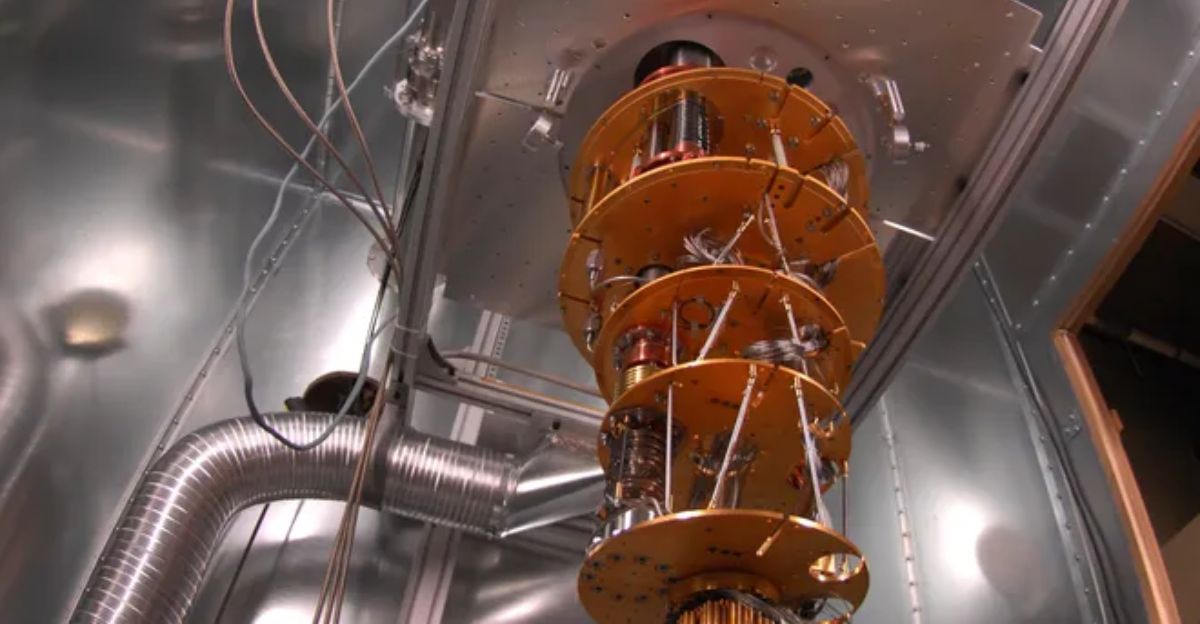
The crash has compelled a reevaluation of research methods in quantum computing. Businesses are now looking toward more stringent testing procedures and fail-safes to control unintended results.
Interdisciplinary methods involving physics, computer science, and ethics have become increasingly essential. This collaborative effort seeks to leverage the advantages of quantum computing without growing risks.
Global Quantum Initiatives
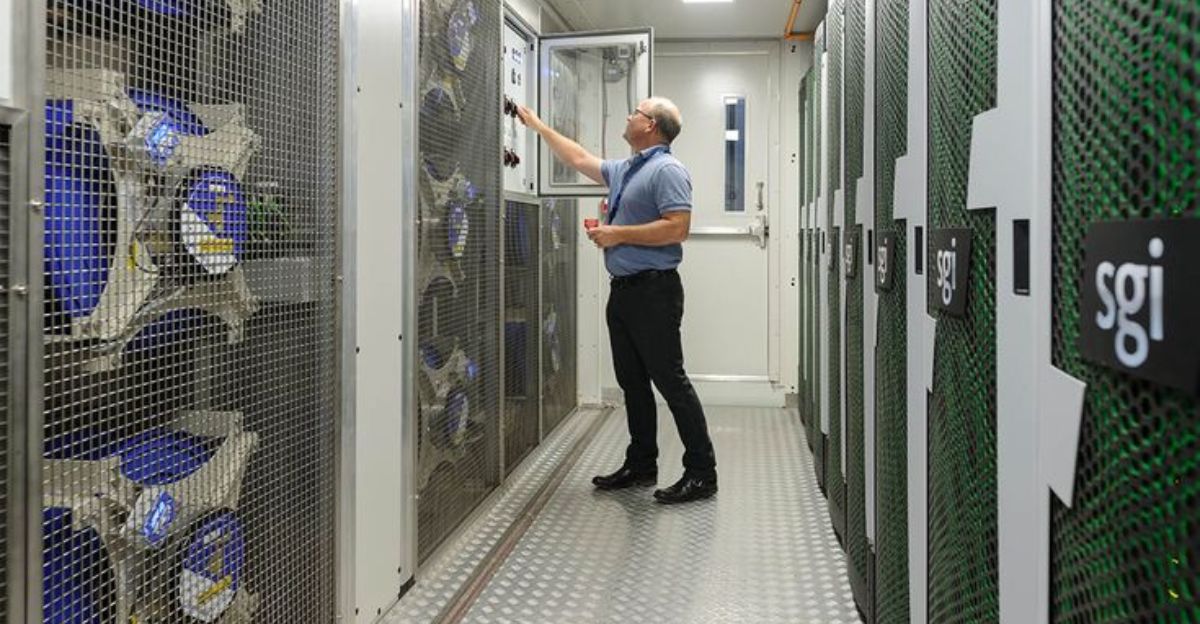
NASA’s experience teaches us lessons for international quantum computing initiatives. Countries and organizations investing in quantum technologies are watching closely with the aim of guiding their proposals.
Convergences may arise to create international standards and protocols to ensure progress happens responsibly and safely. A unified approach may lead to a more secure development in this area.
Back to Theoretical Frameworks
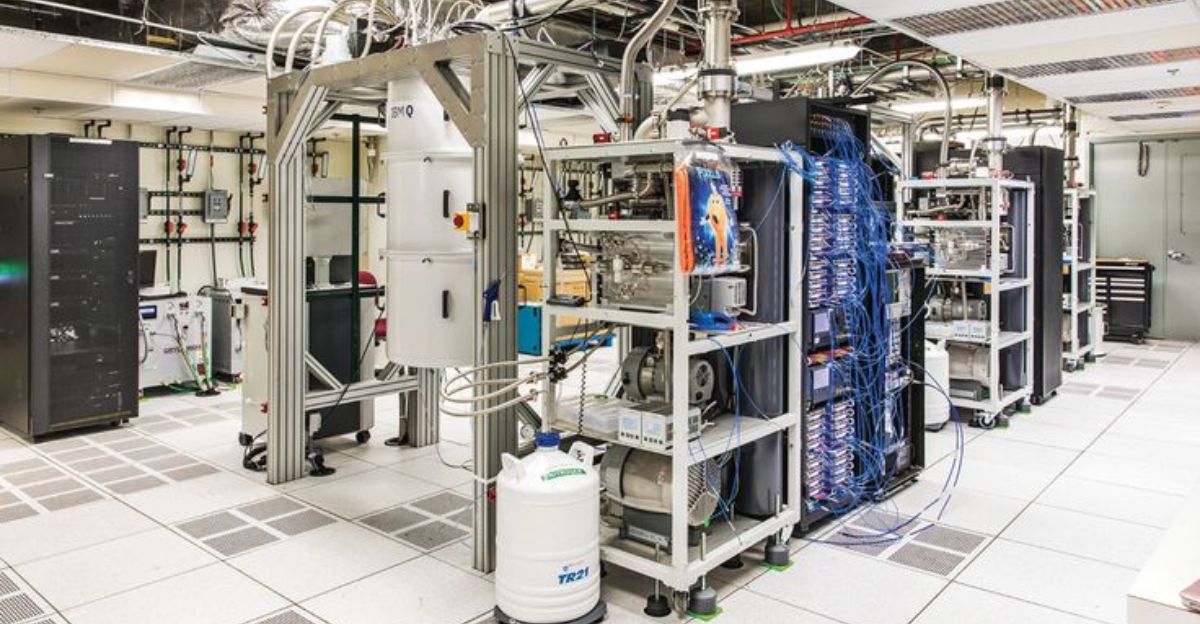
The observed findings test current theoretical physics models. Scientists are now questioning whether current models can accommodate new findings or whether entirely new frameworks are needed.
This self-reflection can lead to new milestones in understanding the universe, one that could redefine the basics. These revolutions, even though they are uncommon, have previously pushed science into new worlds of discovery.
Educational Impact
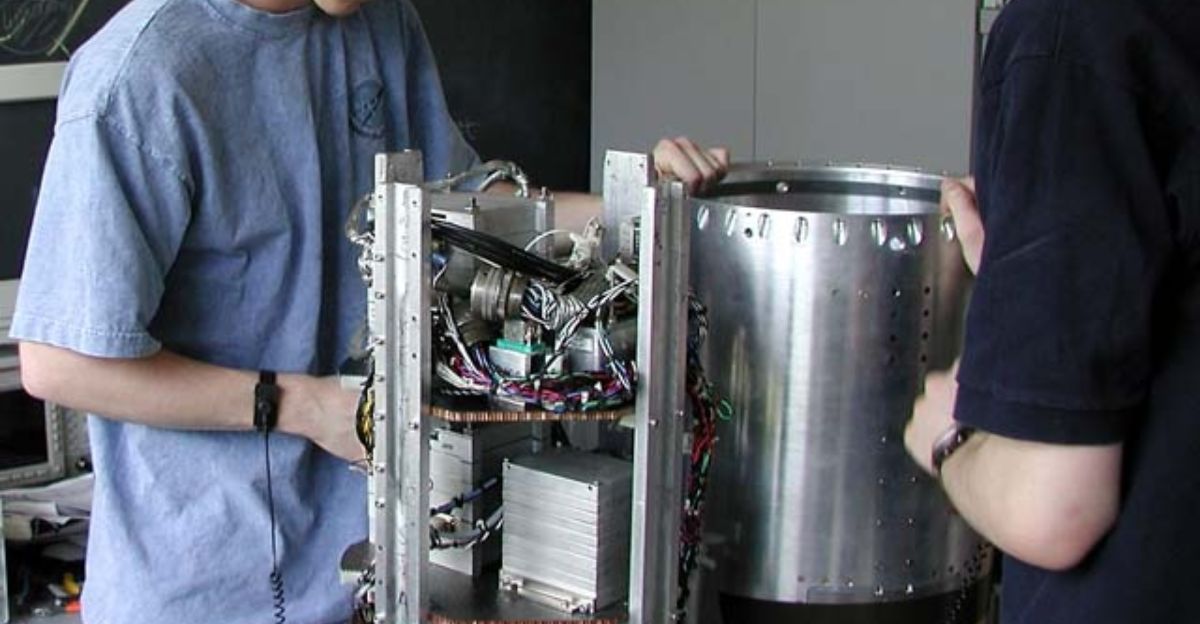
The incident is pedagogical, highlighting the complexity and adaptability required in research. It is an educational case study of flexibility, critical thinking, and ethical awareness in scientific research.
The incident can be used in school curricula to present issues and the role of scientific progress. This can equip future scientists to handle issues of this kind adequately.
Technological Safeguards

In tandem with the shutdown, there is an increased focus on developing technological safeguards in quantum computing. These safeguards are designed to find and handle anomalies beforehand to prevent system instability.
The deployment of these protections involves cooperation among engineers, scientists, and ethicists to solve technical and philosophical problems. This combined effort strives to strike a balance between innovation and caution.
The Road Ahead
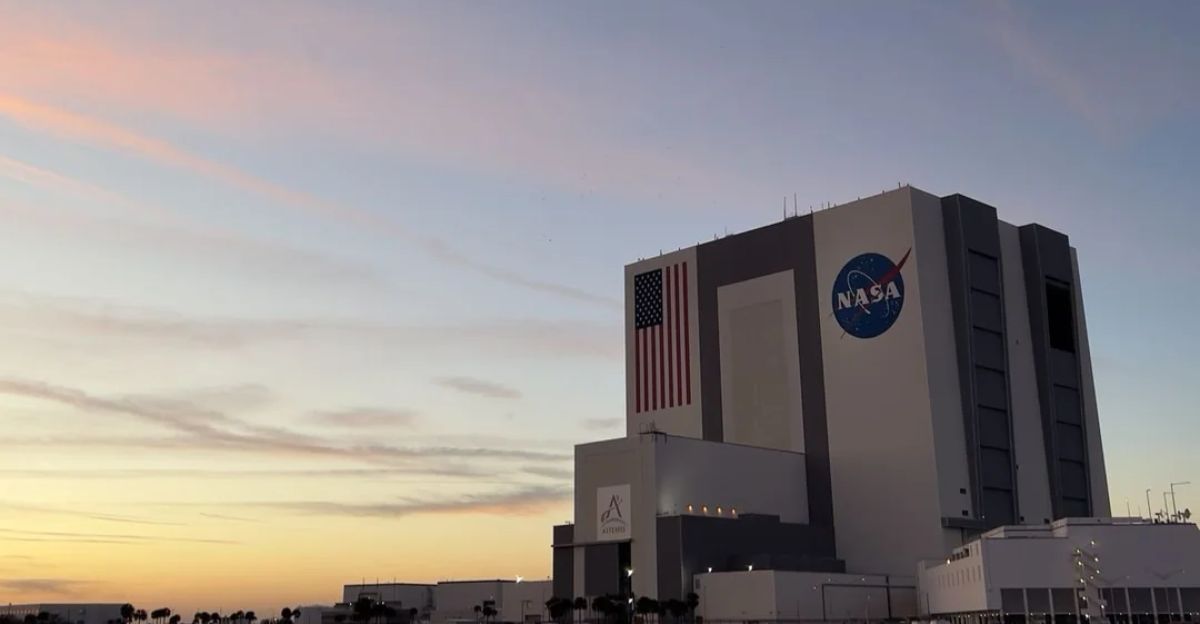
NASA’s history teaches that the development of emerging technologies are always unpredictable. The shutdown seems like a step back but it represents a moment to adapt, learn and improve.
By examining the failure in depth, the scientific community will be able to design more resilient systems and structures.
A New Scientific Paradigm
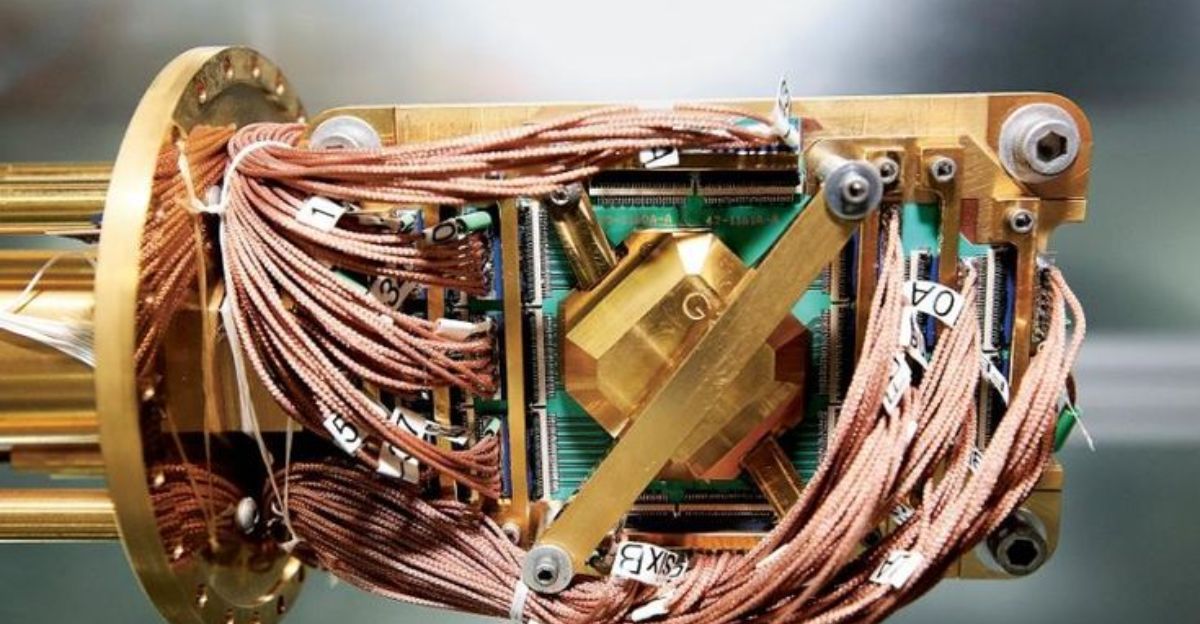
The shutdown of NASA’s quantum computer following unprecedented results has caused a global stir and controversy.
Although the full facts remain undisclosed, the event is proof of the groundbreaking capability and inherent risk of quantum computing. It is a call for caution, ethics, and interdisciplinary cooperation in scientific research.
As exploration persists, the impact of the event will undoubtedly shape the future of quantum technologies.